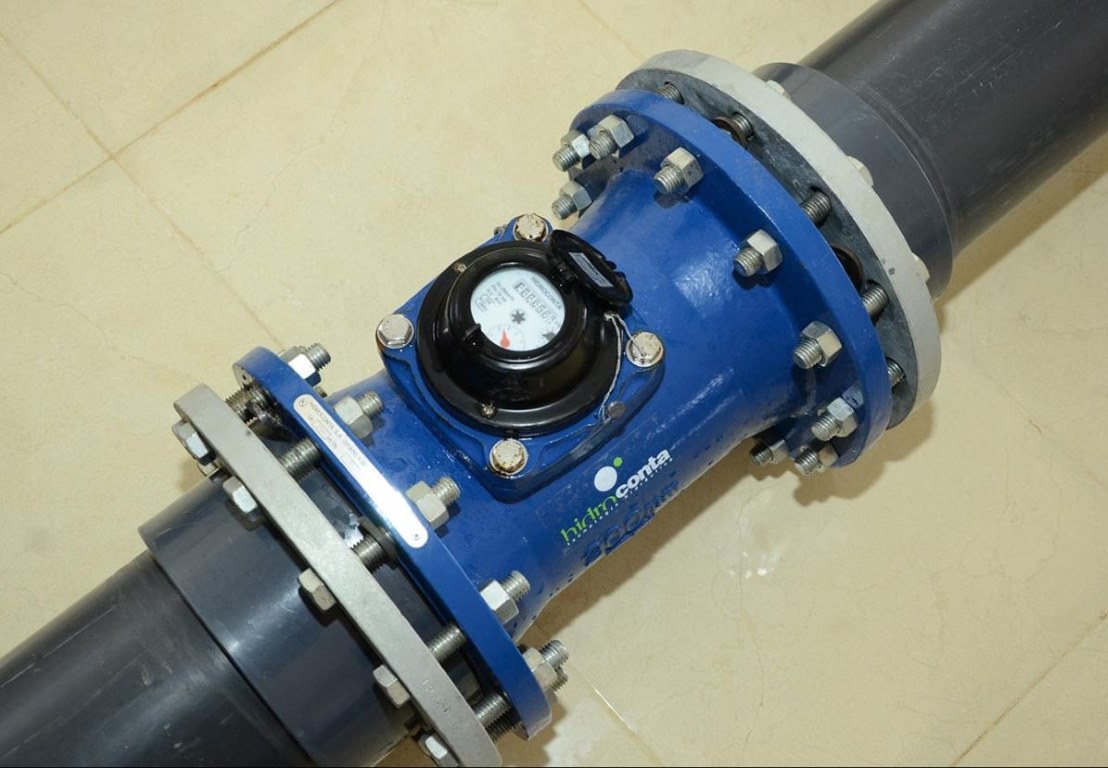
What is the calibre of a water meter and how does it relate to Q1, Q2, Q3 and Q4?
When it comes to water management, understanding the operation and specifications of water meters is crucial for both consumers and suppliers. In this context, the calibre of the water meter plays a fundamental role, determining not only the measuring capacity of the device, but also its accuracy and effectiveness in different consumption streams. But how exactly does this caliber relate to technical terms like Q1, Q2, Q3, and Q4? In the following lines, we will break down these concepts to offer a clear and applicable understanding.
Water meter flow rates
Water meters are instruments designed to measure the amount of water flowing through a piping system, with the calibre of the meter being one of the most important aspects to consider during its selection and installation. This calibre, in essence, determines the internal diameter of the meter and, therefore, its ability to handle different ranges of water flow, from the smallest to the most overload. These flow ranges are categorized into four technical flow rates: Q1, minimum flow; Q2, transition flow rate; Q3, steady flow; and Q4, overload or maximum flow rate. Below, we’ll explore how these flow rates interrelate with meter calibre and their impact on water consumption measurement.
- Q1 (Minimum Flow Rate): Reflects the minimum amount of water that the meter can accurately measure. It is crucial for detecting leaks or low consumption.
- Q2 (Transition Flow Rate): Represents the flow rate where the meter begins to have optimal accuracy. It is the point of change between low consumption and medium consumption.
- Q3 (Permanent Flow Rate): Corresponds to the flow range for which the meter is optimized. Here, the meter measures water consumption with the highest accuracy.
- Q4 (Overload or Maximum Flow Rate): Indicates the maximum water flow that the meter can measure correctly without damage or loss of accuracy.
The Importance of Calibre in Water Consumption Measurement
The calibre of the water meter is a determining factor in its ability to measure different water flows, from the smallest to the highest. A proper calibre ensures that the meter can handle the range of water flows typical in a residential, commercial, or industrial facility, without compromising the accuracy or durability of the device.
Q1 Minimum Flow Rate
The Q1 is vital for effective leak detection and for measuring very low water consumption. A meter with a suitable calibre for the installation will ensure that even minimal flows are measured correctly, which is essential for efficient water management and early detection of problems.
Q2 Transition Flow
Q2 marks the beginning of the zone where the counter operates most accurately. This range is crucial for moderate consumption, typical in many domestic and commercial applications. A properly selected calibre allows the meter to transition smoothly between low- and high-flow states while maintaining accuracy.
Q3 Permanent Flow
Q3 represents the flow for which the meter is designed to operate optimally. Here, the relationship between the meter calibre and the Q3 is critical, as it ensures that most water flows are measured as accurately as possible. This is essential for fair billing and water consumption management.
Q4 Overload or Maximum Flow Rate
Q4 is the maximum flow that the meter can handle without compromising its integrity or accuracy. A proper calibre protects the meter from potential damage from overloads, ensuring reliable operation even under extreme conditions.
Understanding the relationship between the water meter calibre and the Q1, Q2, Q3, and Q4 flow rates is critical to the proper selection of these devices. A properly chosen calibre ensures that the meter not only measures accurately in its optimal operating range, but is also able to detect low flows and withstand overload conditions without damage. This understanding not only contributes to efficient water management but also to accurate and fair billing for users. As a call to action, it is vital that both suppliers and consumers prioritize choosing the right meter calibre for their specific needs, thus ensuring accurate and reliable measurement of water consumption.
How does meter calibre affect my water bill?
The meter calibre directly influences the accuracy of water consumption measurement. An improper calibre can lead to incorrect measurements, affecting both over- and under-billing.
Can an accountant with a larger calibre than necessary be beneficial?
A larger calibre meter can handle higher flows without being damaged, but may not properly measure low flows, which could result in an inaccurate measurement of actual consumption.



